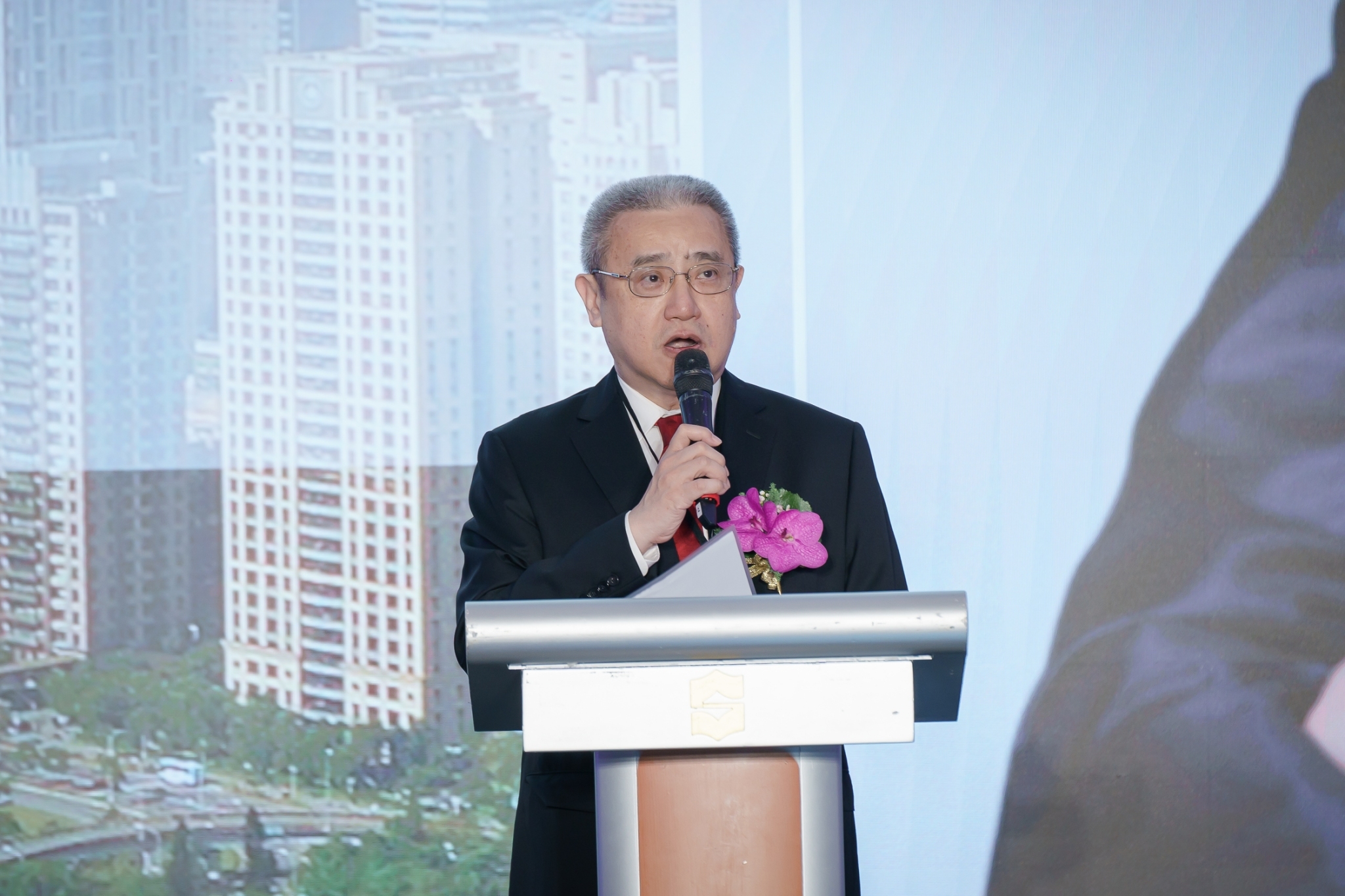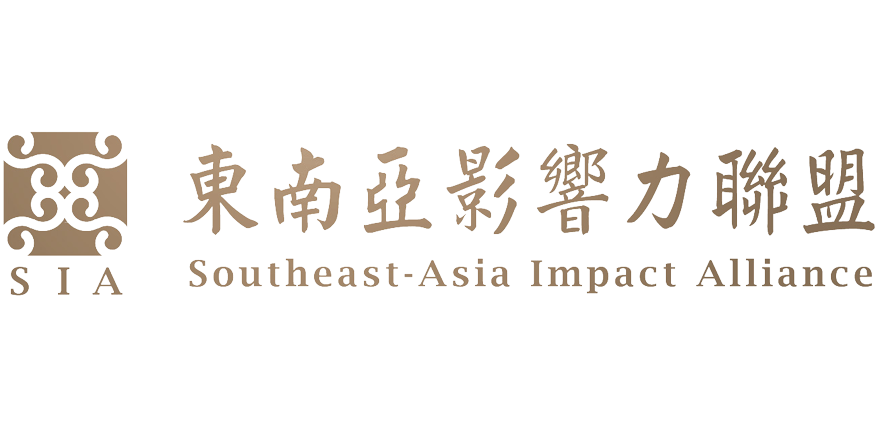The Strategic Implications of Biden’s Visit to Vietnam
 FCC Partners President – Mr. CY Huang
FCC Partners President – Mr. CY Huang
Last month, President Biden’s visit to Vietnam elevated the bilateral relationship to the level of a “comprehensive strategic partner.” A joint statement between the two countries recognized “innovation” as one of their strategic cooperation areas, including the semiconductor industry.
Recently, during a summit with the theme “Connecting Vietnam with the Southeast Asian Semiconductor Ecosystem,” Vietnam’s Minister of Planning and Investment emphasized that Vietnam’s economic development strategy from 2021 to 2030 is focused on rapid promotion of sustainable development based on science, technology, innovation, and digital transformation.
Vietnam has established national innovation centers and three high-tech zones in Ho Chi Minh City, Hanoi, and Danang, prepared to attract investors into the semiconductor industry with high incentive mechanisms. Southeast Asia is one of the world’s fastest-growing regions economically, and connecting Vietnam with the Southeast Asian semiconductor ecosystem represents Vietnam’s effort to upgrade its industries. South Korean company Hana Micron recently announced a $1 billion investment in local chip production.
During President Biden’s visit to Vietnam, a rare earth cooperation agreement was also signed, enhancing Vietnam’s capacity to attract foreign investment in exploiting its rare earth resources. As the world’s second-largest reserve of rare earth elements, Vietnam plans to reopen its largest rare earth mine next year with Western support, challenging China’s dominance in the rare earth market. The U.S. plans to establish a rare earth supply chain in Vietnam for use in electric vehicles, smartphones, and wind energy industries.
Why is the U.S. pushing semiconductor and rare earth industries in Vietnam? Firstly, it acknowledges Vietnam’s strategic position in the Southeast Asian supply chain and supports shifting the supply chain from China to India, Vietnam, and Mexico. Secondly, the focus is on moving up the value chain rather than relying solely on cheap labor. Furthermore, the U.S. does not want Taiwan to dominate the semiconductor industry entirely.
Under geopolitical pressure, TSMC has expanded its manufacturing to the U.S., Japan, and Germany. India has its own ambitions in semiconductor development, and Singapore has established a semiconductor industry cluster. Vietnam is becoming the next market where the U.S. can exert influence in the semiconductor sector. Despite good relations between Vietnam and China, Vietnam is using American technology to strengthen itself.
The U.S. and China are in intense global competition, seeking to form alliances. President Biden has recently promoted the “Indo-Pacific Corridor” connecting the EU, India, and the Middle East, clearly countering China’s “Belt and Road Initiative.” Additionally, the U.S. has invited eighteen Pacific island nations to Washington, indicating its desire to step out of the traditional Western G7 circle and begin undermining emerging market countries. President Xi Jinping is planning to visit Hanoi soon, showing that Biden has indeed touched China’s sensitive nerves.
“Bidenomics” uses government resources for massive investment in key industries, builds domestic supply chains, and provides subsidies. Many of these policies are learned from China, including national industrial policies and the “Belt and Road Initiative.” However, the results are still waiting for validation over time. TSMC’s U.S. factory demonstrates that the semiconductor ecosystem is not easily replicable.
Compared to this, the U.S. is investing in money and technology in emerging countries, seeking diplomatic alliances and containment of China. Emerging countries understand that the U.S. has been hit hard by automotive strikes, and China has become a leader in clean energy. However, the U.S. is the only one with the technology in the semiconductor industry. While it may be challenging for Vietnam to create a semiconductor cluster in the short term, the U.S. can use semiconductors to achieve its diplomatic goals.
The future of Taiwan’s industry requires a global layout. But are we merely pawns helping others succeed, or can we lead the integration of related resources? This is worth pondering. If globalization doesn’t strengthen our own territory, it will dilute resources and focus. Citibank’s recent global strategy is a lesson.
Looking at Huawei as an example, China actively cultivates local supply chains and is bound to accelerate the movement of Taiwan’s supply chain overseas. Vietnam and Thailand are the top choices. The challenge for Taiwanese businesses is that they are constrained by the ecosystem, with China dominating electric vehicles and the U.S. controlling semiconductors. If Taiwan’s overseas factories become disconnected from the ecosystem, it will be difficult to create value, and a careful plan for Taiwan’s role in the supply chain is needed.
Source: Union Daily News| Link
Visit Our Service| Link



